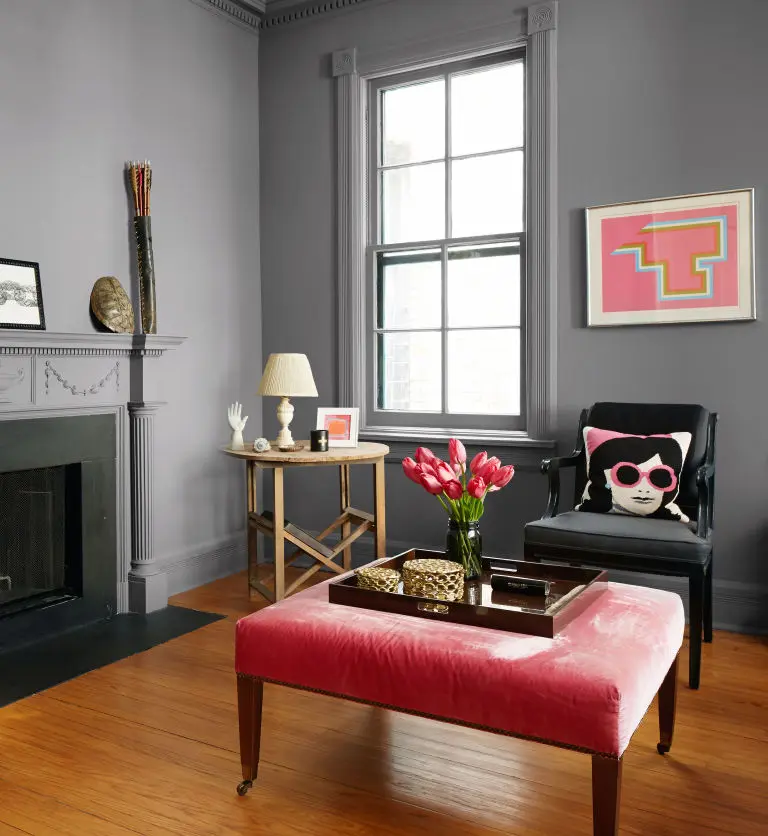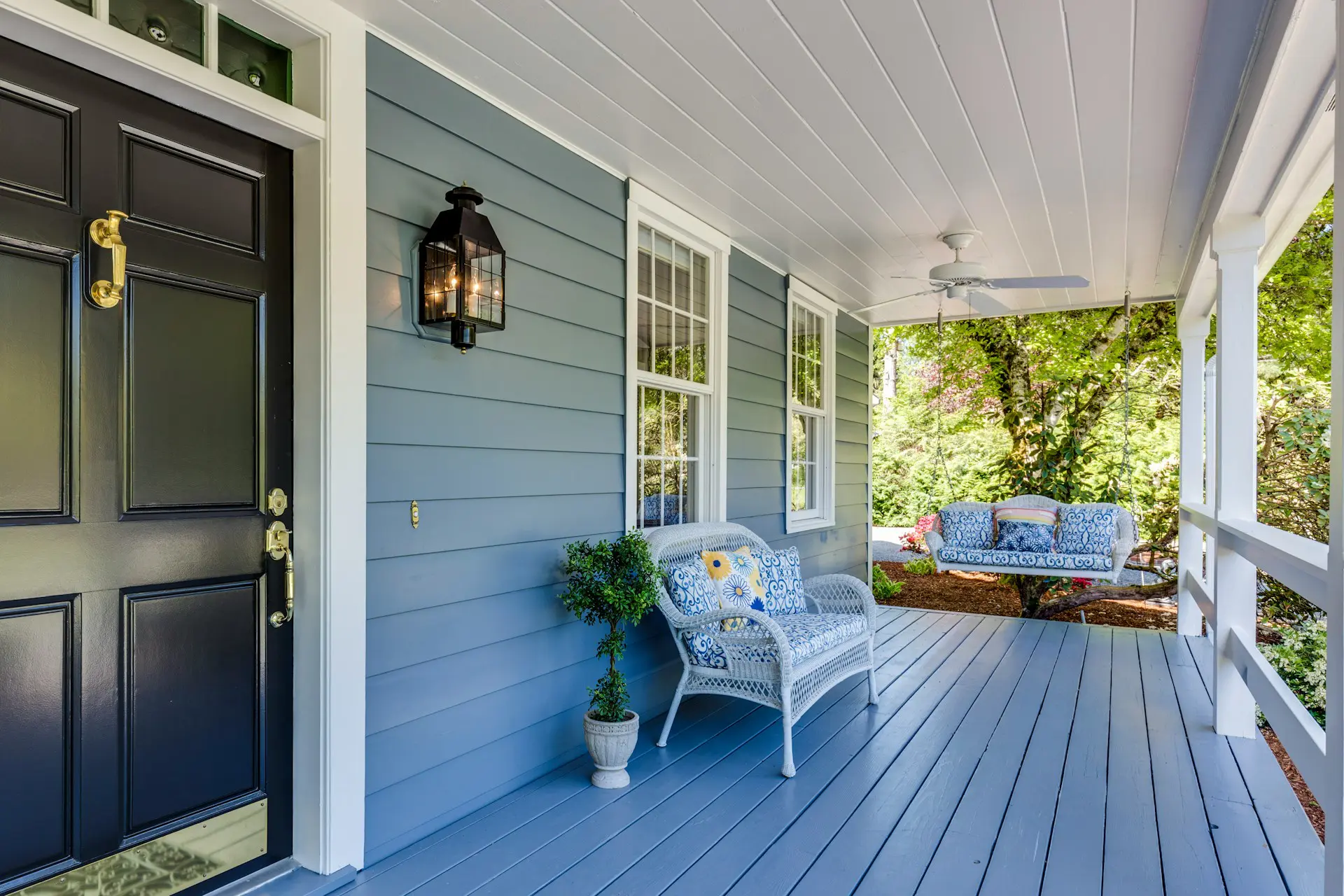Home Painting: The Three Golden Rules for Superior Interiors

For reasons we personally cannot explain, quite a lot of people insist that the winter isn’t a good time to get stuck into a bit of home painting. Now, when it comes to the exterior of your home, this can be true – harsh winter weather not exactly making for the best possible painting conditions. But if you’ve been thinking about sprucing up your interiors, what better season to get the job done than the winter?
Think about it – the weather outside is pretty awful, giving you every excuse to stay indoors and touch things up a little. Not only this, but given the fact that this also happens to be the time of year when fairly few people are painting, you might also gain access to some pretty sweet deals. Painting in the winter means getting to take your time, focus on the job and benefit from having things polished off and looking great by the time the spring rolls around.
In case you hadn’t noticed, we’re big fans of taking care of interior paint jobs during the winter!

Trade Secrets?
Among those looking to take care of their own interior paint jobs with a little DIY, one of the most frequent questions thrown our way concerns trade secrets. Tricks of the trade. And as in what are the secrets to creating the kind of result you would expect from the professionals?
In response, we always tell our customers exactly the same – there really is no great secret. Instead, there are actually only three golden rules you need to follow when going about any interior painting project whatsoever. It’s not to say that producing outstanding results is easy or something that isn’t going to require plenty of time and effort, but it doesn’t have to be nearly as difficult as most assume.
So if you’ve been looking for the biggest of all trade secrets when it comes to producing truly outstanding results, it might surprise you to learn that you really only need to focus on the following:
1. Planning
First of all, the single most important step in the process is planning. The simple fact of the matter is that if you do not plan sufficiently, you pretty much guarantee yourself substandard results from the get-go. Make no mistake about it, planning is a multi-faceted consideration and one that needs to be considered carefully.
For example, take as much time as necessary to choose colors you are absolutely delighted with. If you have even so much as a 5% doubt that this is the paint for you, give yourself more time to consider the options. The same also goes for the type of paint in accordance with the job in question – gloss, matte, eggshell and so on.
Planning also means taking into consideration the tools you will need to get the job done and also the exact amount of paint you are going to need. Be sure to write down the dimensions of the room and use either an online calculator or the expertise of a professional to let you know approximately how much paint you will need. Last but not least, always allocate a decent amount of time more than you think you will need as these are the kinds of jobs that never seem to get done quite as quickly as you might expect.
2. Preparation, preparation, preparation
Also of critical importance is preparation…precisely why we said it three times! Exactly how you go about the preparation process will have a significant impact on absolutely everything else that happens throughout the painting process. If you do not prepare the surfaces to be painted appropriately, it is fundamentally impossible to produce outstanding results.
Exactly what the preparation process entails is something that will differ in accordance with the materials to be painted, how they are currently covered, their age, condition and so on. The long and short of it being that you absolutely must ensure that the surfaces are immaculately clean, free of all dust and flawlessly dry. If there is even the slightest trace of residual moisture or debris of any kind, this may have a detrimental impact on the overall finish.
On top of this, it is far easier to remove as much of your furniture and fixtures as possible, as opposed to simply covering them with sheets. And finally, invest in the highest quality painter’s tape you can find and be meticulous when it comes to creating lines and protecting fixtures that are not to be painted.
3. Technique
Last but not least, the technique you adopt when actually transferring the paint to the walls will have a significant impact on the overall finish. The key in this instance being to ensure you never overload the brushes you use and only ever use high quality brushes in the best possible condition. If you are using a roller, the same also applies – don’t be tempted to overload the roller or settle for bargain basement equipment in the first place.
Always begin from the top and work your way down, given the way in which doing things the other way around could see paint you’ve already applied ruined with drips and run-off. Above all else though, take your time from start to finish and focus on one relatively small area at a time, before moving on to the next.
The more hurried your approach, the less likely it is you will be satisfied with the results.
For more information on any area of internal or external home painting, get in touch with the Homm CPS customer service team today.










